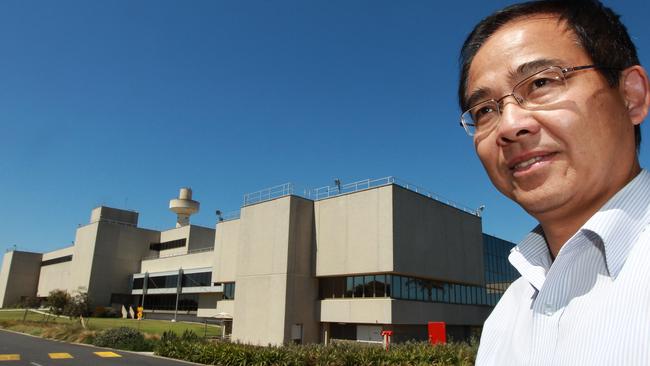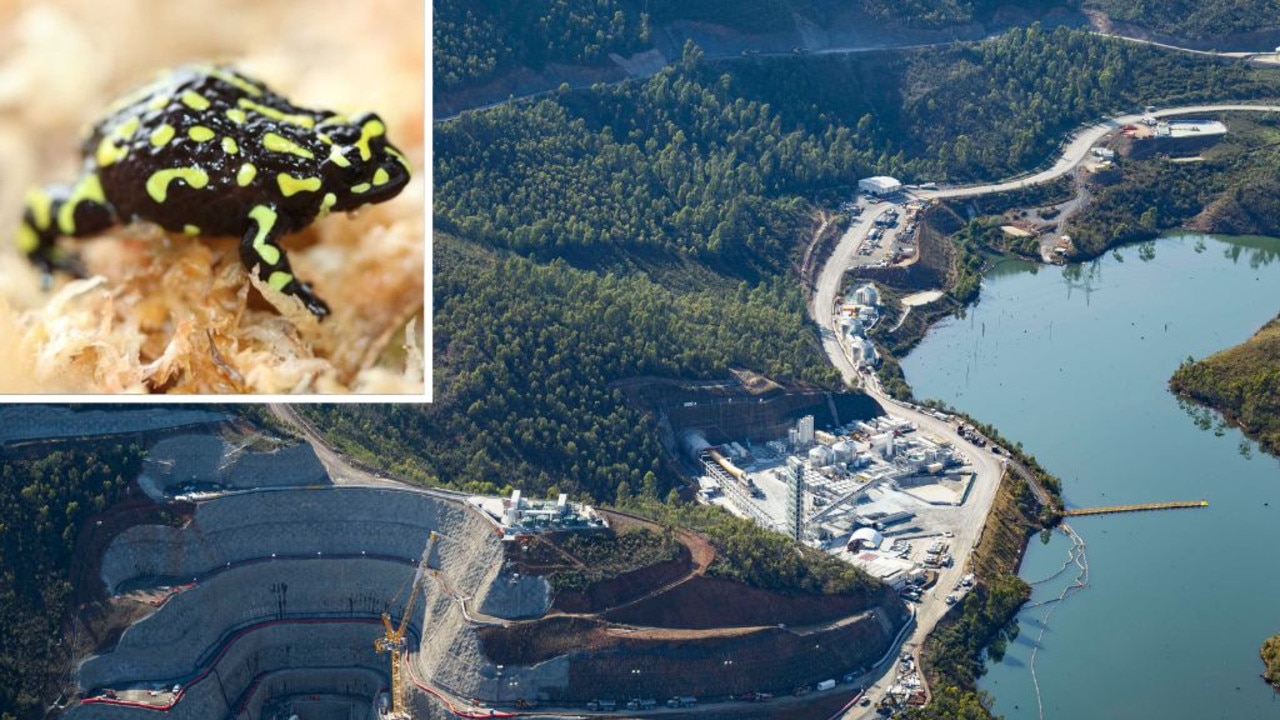Coronavirus active earlier than believed
Scientific analysis has cast doubt on the origins of the deadly new coronavirus.

Scientific analysis has cast doubt on the origins of the deadly new coronavirus, which Chinese authorities say emerged at a seafood and wildlife market in Wuhan, with revelations the first detected case does not match swabs taken from that market.
A study published in The Lancet medical journal at the weekend analysing the first 41 detected cases of the pneumonia-like virus, which has now killed 106 people and infected 4515, found more than one-third of the cases had no connection to the market closed down on January 1.
The paper, written by a team of Chinese researchers based on clinical charts, nursing records, lab findings and chest X-rays, also revealed that the first patient became ill on December 1, nearly two weeks before Wuhan health authorities initially suggested the first case was discovered.
It concluded that “no epidemiological link was found between the first patient and later cases”, but made no conclusions about how that person was infected.
The findings have raised doubts over whether authorities have located the correct source of the virus. They have also fed conspiracy theories, including that the virus was a possible biological weapon leaked from the Wuhan Institute of Virology, which studies and collects samples of bat-borne diseases.
A research paper submitted last week for peer review by scientists from that institute reported the discovery of a virus that is 96 per cent identical to the new coronavirus strain.
Australia’s Linfa Wang, a specialist in bat-borne viruses who helped identify the Hendra virus and has collaborated with scientists at the Wuhan Institute of Virology for 16 years, said rumours that the virus came from the laboratory were “crazy” and that the sequence of the new coronavirus was “something nobody has seen before”.
“I know every virus they have in that lab,” Professor Wang told The Australian. “We have been sampling bats for more than 20 years and it’s very rare to get a live virus sample.”
The fact that the first detected case of the new coronavirus had no link to the Huanan market more likely indicated that human-to-human transmission of the disease “began a lot faster than previously thought”, he said.
Chinese health officials reported the first human-to-human transmission on January 20.
“It’s possible that there was transmission already in the community and it then spread to the market, but it likely spread to more than one market,” Professor Wang said.
“In science, you never say never but I still think it is most likely that Animal X (the intermediate host that initially transmitted the new disease from bats to humans) has been traded in multiple markets and spread in multiple locations.”
Like SARS, the severe acute respiratory syndrome outbreak that killed 774 people in 2002, the new coronavirus is most likely to have originated in bats.
While SARS was transmitted to humans by civet cats, an animal sold in specialty food markets mostly in southern China, scientists have yet to pinpoint the intermediate carrier of the new strain.
The Lancet analysis put the early mortality rate of the new virus at 15 per cent — far higher than SARS’s 10 per cent — based on the fact six of the first 41 confirmed patients died of the disease.




To join the conversation, please log in. Don't have an account? Register
Join the conversation, you are commenting as Logout